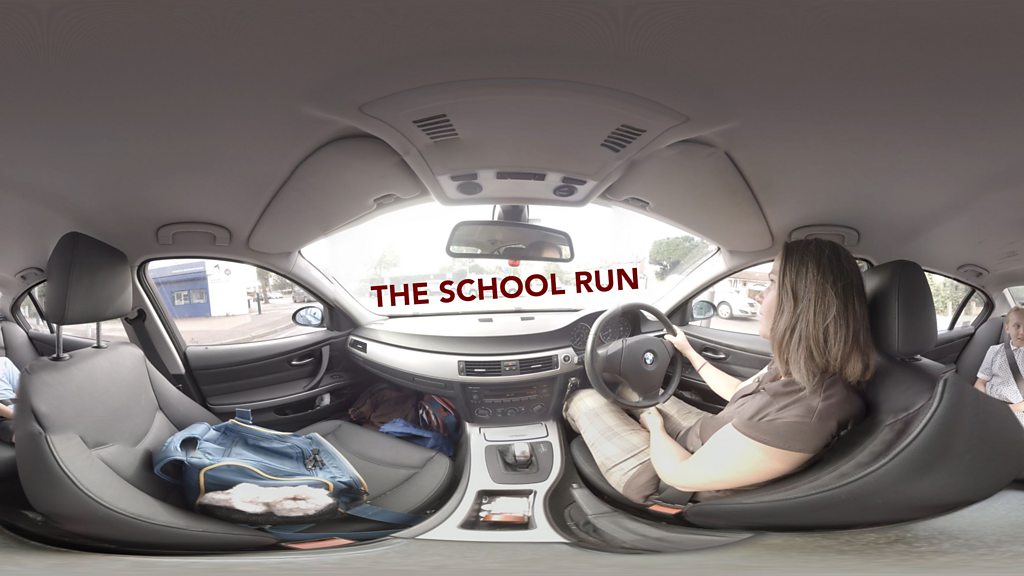
How does it work?
1
First upload your 360° content and any audio files into the content library2
Map your story in the editor, adding âhotspotsâ, creating your branching narratives and interactive audio experiences3
Preview and test your experience before it is published to the EEVO app
What is EEVO?

EEVO is a 360° interactive video tool we tested in 2018 which allows storytellers to create their own immersive experiences through the use of hotspot, branching narrative, and 3D audio features. The story instantly becomes more compelling as users have to interact with it and can choose their own path through the experience.
You can also incorporate audio creatively, either by using it as hotspot triggers or creating the illusion of 360° audio by strategically âplacingâ it around the space.
Top tips to get you ready

Think about how you want your user to move through the experience â will you use hotspots to continue the story, or is it time-based?

Planning precisely where labels will sit in 3D space can take a little time to get right. Test your labels with someone who doesn't know what the label is supposed to refer to to find out if you've got it right.
What did we learn using EEVO?

Weâve conducted a lot research surrounding the use of 360° video, and have also made a number of interactive videos ourselves, but we wanted to explore the possibilities of folding interactivity into 360° videos. Therefore, we licensed EEVO for a 12-month period to test this, which allowed us to gain valuable insight into this method of storytelling.
One of the difficult parts of making 360° video is the pacing. Traditionally, directing a 360° scene has been a balance of keeping the scene available for enough time for the viewer to fully explore it, but not holding it long enough to feel ponderous. Adding interactivity hands that control to the viewer, allowing them to choose to move on when they are ready.
360° videos are well suited to conveying a sense of place and we found that interactivity adds an extra dimension, giving the audience the ability to move from space to space without moving the camera. We also found that adding graphical and animated overlays is crucial to identify the interactive hotspots to help guide the viewer through the experience.